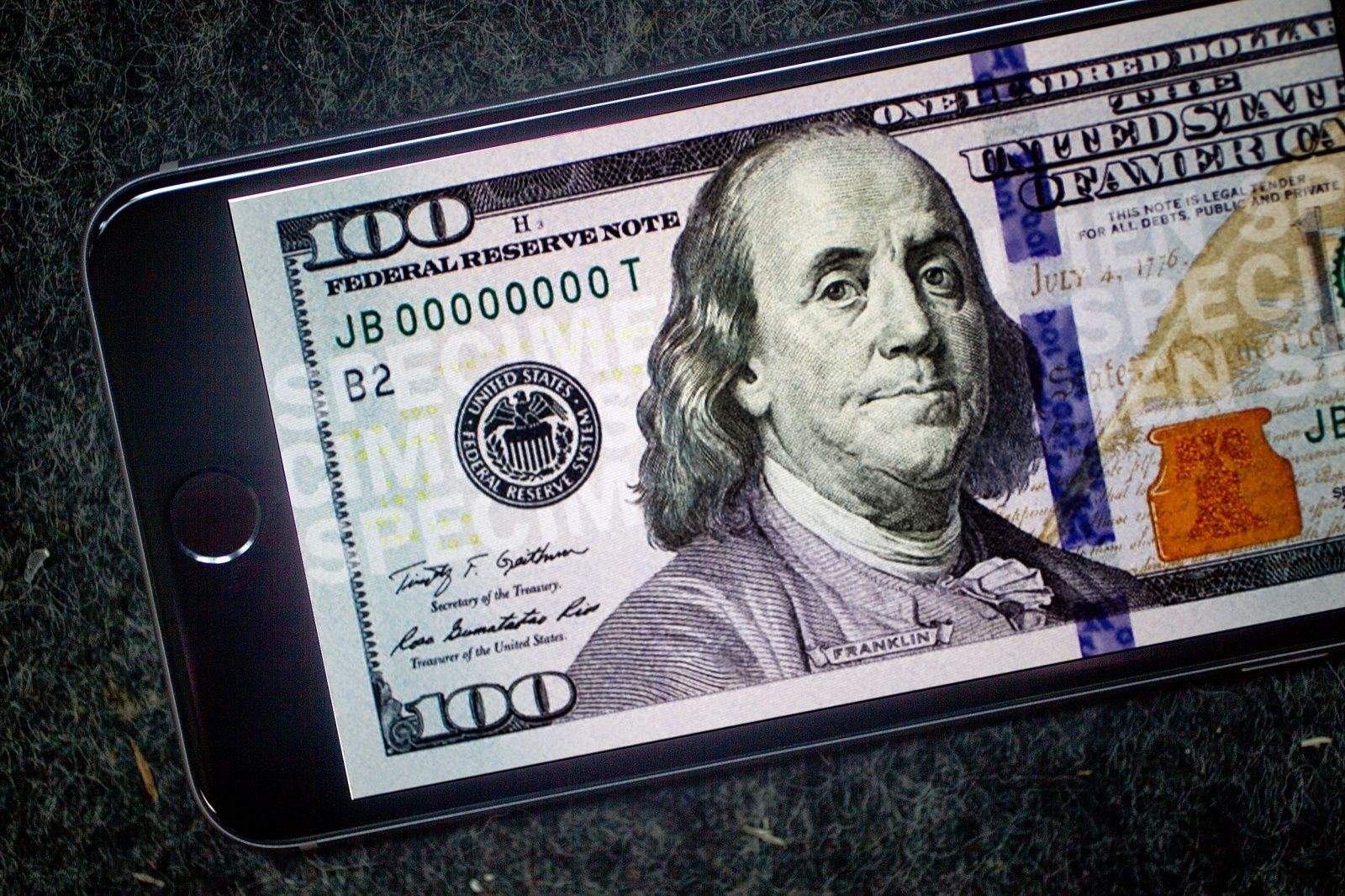John Hayward-Mayhew is one of the most prolific iOS developers ever to peddle a blackjack game. Over the past four years, the 25-year-old entrepreneur flooded the App Store with an astonishing 600 separate apps — everything from endless runners such as Dangerous Caveman Bum Runner to dentistry games like Emergency Dentist Race — raking in close to $1 million in the process.
The most miraculous part of all? He can’t even code.
But by taking advantage of one of the App Store’s great weaknesses, and borrowing a game plan from one of Hollywood’s most unusual impresarios, he’s built a one-man gaming empire.
The App Store is a tantalizing prospect to developers, offering the possibility of instant riches — and the probability of interminable anonymity. With millions of apps vying for gamers’ attention and few ways to cut through the cruft, it takes determination, skill and not a little bit of luck to deliver a true hit.
Apple doesn’t exactly help matters.
“Apple’s discovery system really isn’t that good,” Hayward-Mayhew tells Cult of Mac. “This is what pushed me to create the business model I did, where I’d push out 600 games rather than trying to hit it big with one app. I’m realistic about how slim the chances are of doing that.”
A 6-foot-8-inch former basketball recruit for California State University, Northridge, Hayward-Mayhew got into app development while studying in 2011.
The most valuable lesson came early on: a crushing failure that plowed him into debt. “I read stories about developers and thought I was going to make so much money with my first app, because that’s what happens, right?” he laughs — although one gets the sense it wasn’t so much fun at the time.
Because he was unable to program the apps himself, he hired a developer to create his first game for him, based on detailed written instructions. He focused on iOS because he was an Apple user and because Android meant optimizing for an enormous number of devices.
“I racked up debt on some credit cards, and found myself owing $15,000,” he says. “Then the app came out and only made a couple of thousand dollars. I had to scrape around to try and pay it back.”

There’s more than one way to skin a game
Hayward-Mayhew could have thrown in the towel, but instead came up with a better idea. “The source code for the game was actually great,” he said. “But no one was buying it. So I came up with the idea of taking the game and re-skinning it to come up with 10 different games based on the same concept. That’s when I started making money.”
“Re-skinning” means taking the same basic game and changing superficial details to make it appear different — and help it appeal to different audience segments. For example, an endless runner featuring a Mario-style cartoon character could just as easily become a BMX racer game by changing a few graphics.
Today, re-skinning is Hayward-Mayhew’s business model with his development company, Toochill. The strategy allows him to respond rapidly to changing tastes and put out games incredibly quickly. “A few years back there was a short-lived craze for dentist games,” he says. “I took one of my existing games and turned it into a dentist game. That brought in a good amount of money.”
Hayward-Mayhew’s approach to the App Store borrows from methods employed by B-movie producers over the years. Back in the 1950s, producer Roger Corman used the same crew of actors and directors, and the same movie sets, to crank out cheapie hit after hit. His key strategy was to identify what audiences wanted and release quickie flicks before the big movie studios could deliver “better” films. Corman’s movies didn’t always possess a long shelf life, but they cost very little and brought in speedy returns. Today, he continues to produce schlocktastic fare like Sharktopus and Dinocroc vs. Supergator.

In some ways, Hayward-Mayhew is the Roger Corman of the App Store — albeit with a dose of the jockish Winklevoss twins, the two would-be Olympian entrepreneurs depicted in The Social Network.
“It’s cool that I’ve been able to make a business out of something I love,” Hayward-Mayhew says, “but this is definitely a business to me.” Although he has experimented with in-app purchases and premium games, by and large he sticks to free games in which his earnings are dictated by ad revenue.
Does he think he’s contributing to the downfall of the App Store by producing hordes of identical, mass-manufactured games that lack regular updates? “My attitude is, if I didn’t do it, someone else would,” he says.
Lessons from the Roger Corman of the App Store
So what lessons does Hayward-Mayhew have for people who would follow in his wake? First, he says, keep an eye on what’s popular. Like any entertainment medium, trends come and go in the App Store — and what was popular when you started creating your app may not be popular by the time you finish it.
Second, if you hire a developer, you should agree on a price first. “I spent about three times as much as I should have with my first app,” he says. “I’ve learned that you should never pay hourly; always agree [upon] a fixed price up front. Freelancers can run up prices in a variety of ways and your budget can spiral out of control.”
Hayward-Mayhew says there is no rough guide as to what an app should cost, but he has spent as little as $300 and as much as tens of thousands developing his own. “For anyone doing this the first time, I certainly wouldn’t recommend spending more than $2,000, because you’re still figuring out how things work,” he says.
Third, it’s important to focus on marketing. “It always amazes me that people will spend so long building an app, but then they’ll slip up when it comes to adding keywords or providing a compelling screenshot,” he notes. “I don’t focus on anything outside the App Store in terms of advertising. It’s all about making my app look interesting to someone who is browsing through the App Store. Every app I make gets thousands of hits per day, but the skill is being able to convert that into downloads.”


